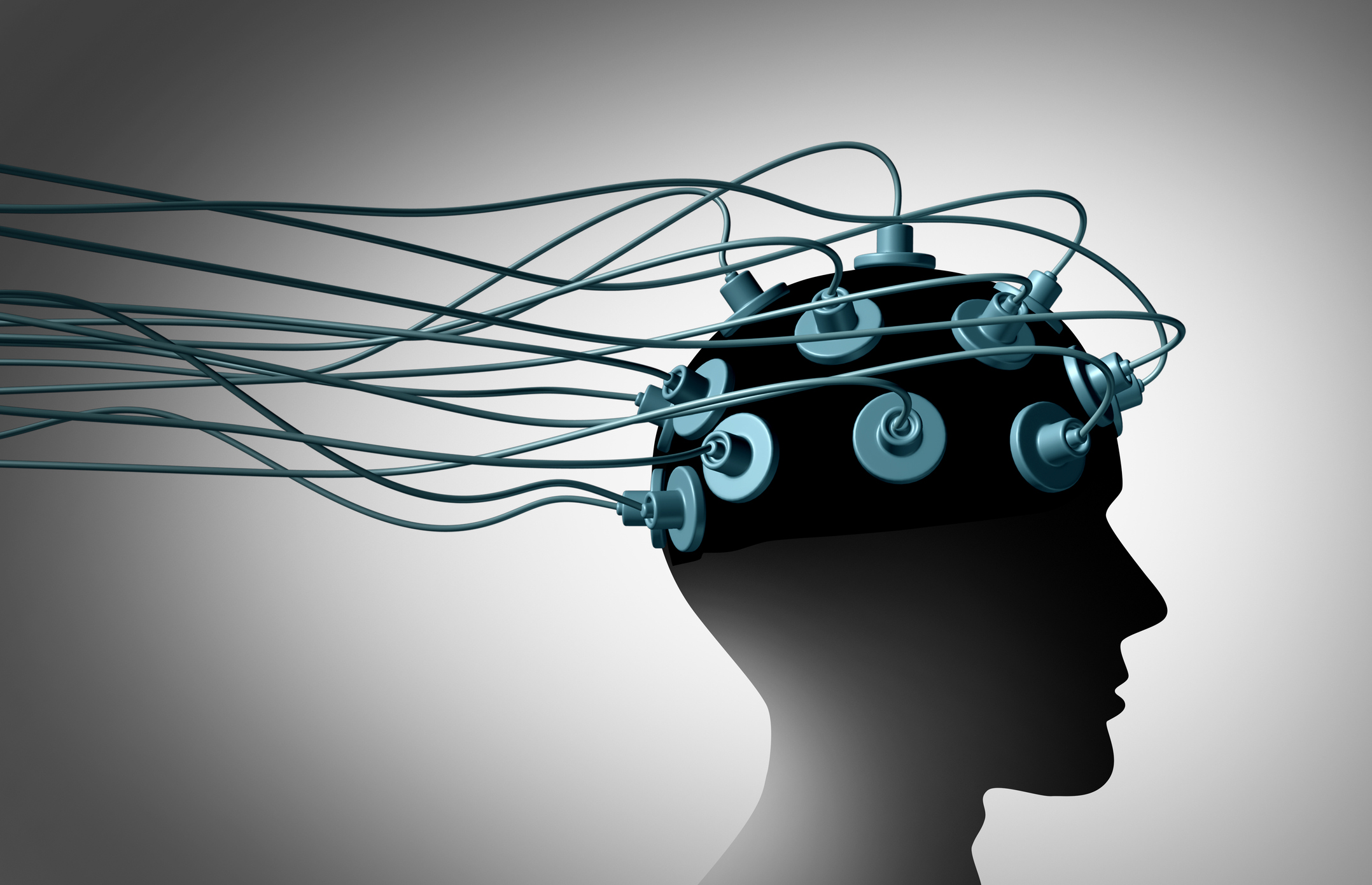Transcranial magnetic stimulation may help some of the many patients who don’t respond to medication.
Aussies may soon have access to affordable transcranial magnetic stimulation therapy to treat their depression, giving hope to people whom traditional approaches have failed.
The Medicare Services Advisory Committee (MSAC) has recommended that the federal government fund TMS therapy for people who have failed to respond to two or more different classes of antidepressant drugs.
Around one in three patients with depression don’t respond to two courses of medication, and the burden of treatment-resistant depression on individuals, the community and the healthcare system is high.
Two decades of research suggests that stimulation delivered repetitively and at a specific frequency significantly decreases depression symptoms and improves remission rates compared to sham devices, especially if paired with antidepressant medication or as a standalone treatment.
A 2013 meta-analysis found that more than one in three patients with major depression achieved remission after active TMS, compared to one in 10 in the sham condition.
If Health Minister Greg Hunt approves it, patients will have a much more affordable way to access a course of treatment. Currently, outpatients seeking the treatment may pay around $180 per session, but the fee proposed by MSAC would cover most of that.
A course of treatment typically involves sessions of around 40 minutes, in which an electromagnetic coil is attached to a patient’s head, where it generates electrical pulses to a target area on the surface of the brain.
“They’ll come into a clinic, sit in the chair and have the treatment for about half an hour or so, and then drive home – they’re not restricted in any way afterward,” said Professor Paul Fitzgerald, a psychiatrist at Epworth Healthcare and the director of the Epworth Centre for Innovation in Mental Health.
Patients typically have up to five treatments a week for four to six weeks.
Professor Fitzgerald, co-founder of a network of clinics offering the service, called TMS Clinics Australia, said that while the effects don’t appear to be quite as strong as for electroconvulsive therapy (ECT), the therapy was appropriate for a broader pool of patients.
“Because TMS is so safe and so much less invasive, there are many patients who would come and have a course of TMS who just wouldn’t consider having a course of ECT,” said Professor Fitzgerald.
He expects the treatment will be publicly funded by the end of the year or early 2021.
The Royal Australian and New Zealand College of Psychiatrists (RANZCP) has called on the government to fund the treatment, saying it should be affordable and, where appropriate, offered for the treatment of major depression.
“Given the significant evidence for repetitive TMS as an effective treatment for depression, and the clearly defined standards for the delivery of repetitive TMS, the RANZCP supports that it should be accessible in public and private mental health services in addition to the current spectrum of treatments,” said the college late last year in a letter to the taskforce overseeing the Medicare Benefits Schedule review.
MSAC has only recommended public funding for patients who have never used TMS before, saying there was not yet enough evidence for ongoing, maintenance treatment with the device.
The committee noted that the side effects were minimal, including an extremely rare risk of seizures.
“It’s very rare that we have somebody who has side effects that are bad enough that they won’t have a course of treatment,” said Professor Fitzgerald.
“We have patients all the time who report falling asleep or dozing off during treatment. But a small percentage of people will find the stimulation quite uncomfortable and struggle with that and get a headache afterwards. Fortunately, they’re the exception.”
Pain at the site of stimulation and headache are the most common side effects.
Research is still under way to perfect the treatment and, in particular, make the application of treatment more individualised to achieve even better clinical outcomes.
“That includes thinking about how we can individualise the target, where we stimulate, as well as some other features of stimulation including the frequency at which the pulses are applied,” Professor Fitzgerald said.
There was also evidence supporting TMS for the treatment of OCD and for auditory hallucinations among patients with schizophrenia, he added. Emerging research suggests it may also help treat chronic pain and possibly even Alzheimer’s disease – although studies are still under way.


